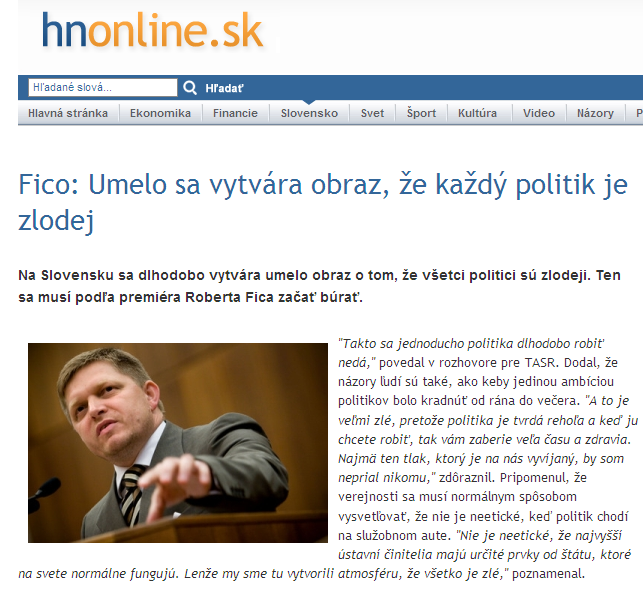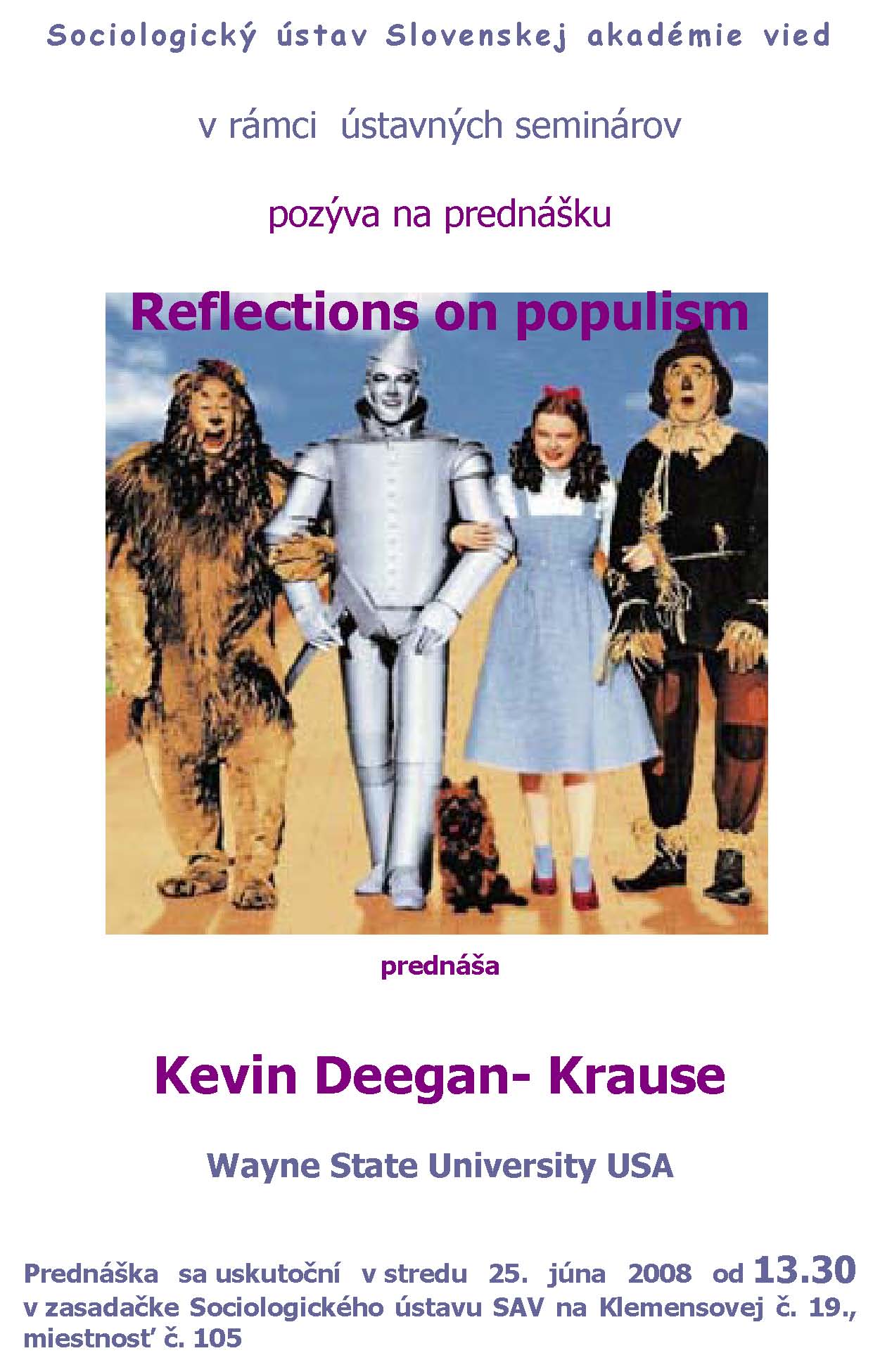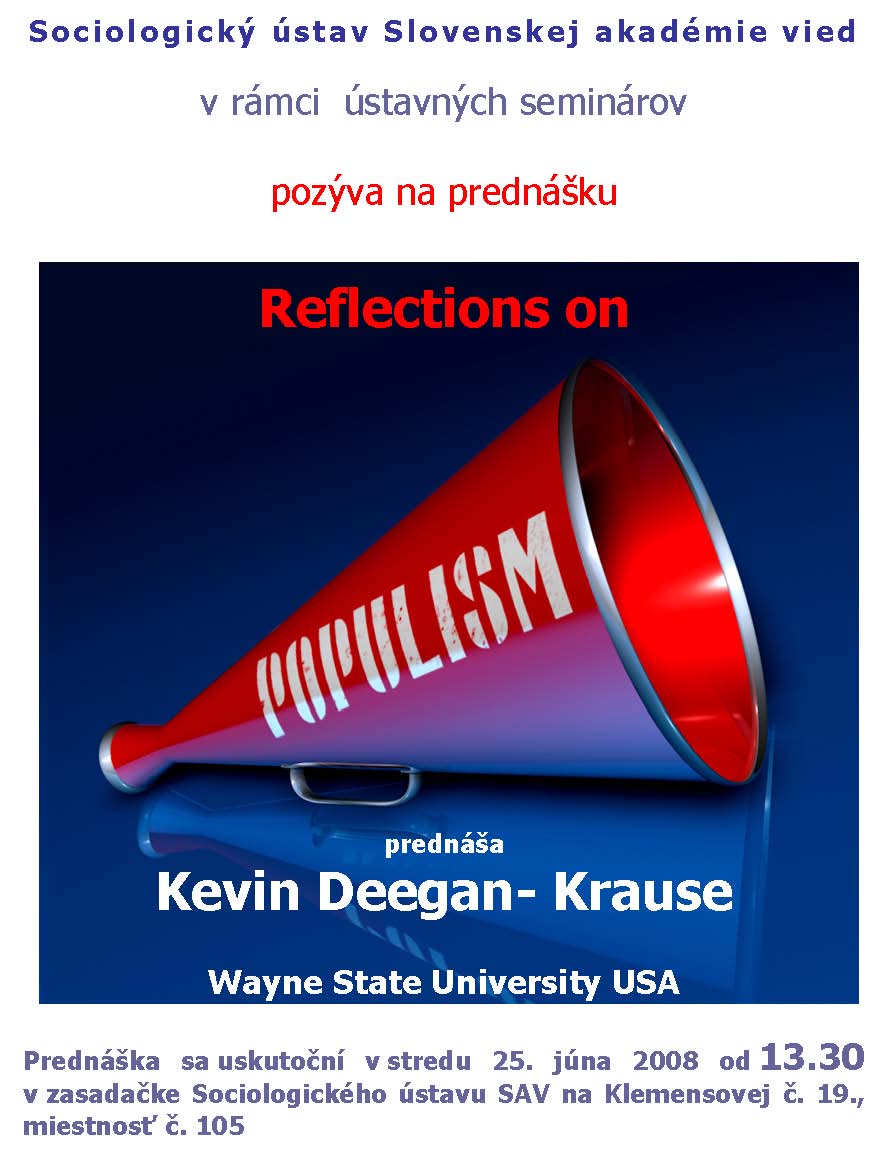Trends and comparisons monthly report
BODY { FONT-FAMILY:Verdana; FONT-SIZE:10pt } P { FONT-FAMILY:Verdana; FONT-SIZE:10pt } DIV { FONT-FAMILY:Verdana; FONT-SIZE:10pt } TD { FONT-FAMILY:Verdana; FONT-SIZE:10FOCUS numbers for August are in and I include them below. In general the monthly numbers are either unsurprising and when they /are/ surprising it is tempting to dismiss them as somehow exceptional. Notable this time is the average for UVVM and FOCUS which suggests that the midsummer rise for Smer might have been real (both polls show the same pattern) but that it was also temporary. August numbers for Smer are back down to the high end of Smer’s normal range.

BODY { FONT-FAMILY:Verdana; FONT-SIZE:10pt } P { FONT-FAMILY:Verdana; FONT-SIZE:10pt } DIV { FONT-FAMILY:Verdana; FONT-SIZE:10pt } TD { FONT-FAMILY:Verdana; FONT-SIZE:10pt } The same numbers suggest that July’s remarkably poor performance for SDKU may have been a blip rather than a genuine change since numbers for both polls in August are back almost exactly to where they were in June.

BODY { FONT-FAMILY:Verdana; FONT-SIZE:10pt } P { FONT-FAMILY:Verdana; FONT-SIZE:10pt } DIV { FONT-FAMILY:Verdana; FONT-SIZE:10pt } TD { FONT-FAMILY:Verdana; FONT-SIZE:10pt } There has been much higher consistency among polls for SNS preferences and these show a recovery from a downward trend back to the party’s normal range (since the 2006 elections) between 12 and 13.

BODY { FONT-FAMILY:Verdana; FONT-SIZE:10pt } P { FONT-FAMILY:Verdana; FONT-SIZE:10pt } DIV { FONT-FAMILY:Verdana; FONT-SIZE:10pt } TD { FONT-FAMILY:Verdana; FONT-SIZE:10pt } Polls for MK are back in synch, close together near the party’s 2008 average of 9%. It is notable, however, that this is a full point lower than the party’s 2006 average which, for a party with such an exclusively ethnic base, suggests either the departure of non-Hungarian supporters (unlikely since there were never that many) or a loss in the party’s ability to mobilize its own ethnic base (likely the result of Csaky’s replacement of Bugar, though the long-term numbers do not show any sharp drop in the party’s support around the time that Csaky took charge.)
BODY { FONT-FAMILY:Verdana; FONT-SIZE:10pt } P { FONT-FAMILY:Verdana; FONT-SIZE:10pt } DIV { FONT-FAMILY:Verdana; FONT-SIZE:10pt } TD { FONT-FAMILY:Verdana; FONT-SIZE:10pt } 
BODY { FONT-FAMILY:Verdana; FONT-SIZE:10pt } P { FONT-FAMILY:Verdana; FONT-SIZE:10pt } DIV { FONT-FAMILY:Verdana; FONT-SIZE:10pt } TD { FONT-FAMILY:Verdana; FONT-SIZE:10pt } In August, HZDS polls move from a period of tight convergence to a month of wide variation. UVVM numbers are at the high end of the party’s 2008 average; FOCUS numbers are at the low end and are, in fact, the lowest level of preference the party has ever received in a major poll. This may be a blip but the frequency of “record lows” for the party bodes ill. Nevertheless, even with this data point included, the 1 and 2 year trendlines based on average data still put the party above the 5% threshold in mid-2010 (between 6.0 and 6.8).

BODY { FONT-FAMILY:Verdana; FONT-SIZE:10pt } P { FONT-FAMILY:Verdana; FONT-SIZE:10pt } DIV { FONT-FAMILY:Verdana; FONT-SIZE:10pt } TD { FONT-FAMILY:Verdana; FONT-SIZE:10pt } KDH has shown fairly wide variation in FOCUS polls but its trendline has remained essentially flat; in UVVM polls, however the party has shown a remarkably consistent climb from its early-2008 low to a level that is at least a point above its 2006 performance. This recovery may reflect KDH’s own internal recovery from the early-year turmoil related to the departure of Palko and Miklosko coupled with a lack of similar recovery within SDKU, whose members may be shifting to their next-best alternative.
BODY { FONT-FAMILY:Verdana; FONT-SIZE:10pt } P { FONT-FAMILY:Verdana; FONT-SIZE:10pt } DIV { FONT-FAMILY:Verdana; FONT-SIZE:10pt } TD { FONT-FAMILY:Verdana; FONT-SIZE:10pt } Between parties above and parties below the 5% threshold we still see a big gap. HZDS’s decline, pushing its average below the 8% mark, has been matched a decline in KSS, its averages falling below the 2% mark for only the second time since 2006, so the gap between smallest-big party and biggest-small party is still 6%.

BODY { FONT-FAMILY:Verdana; FONT-SIZE:10pt } P { FONT-FAMILY:Verdana; FONT-SIZE:10pt } DIV { FONT-FAMILY:Verdana; FONT-SIZE:10pt } TD { FONT-FAMILY:Verdana; FONT-SIZE:10pt } Among the other parties, SF stays stuck around 1% (despite its small advertising blitz of the summer which did seem to net a few preferences, at least in the FOCUS and MVK polls), HZD has shown a slight rise, perhaps the result of more presidential campaigning by Gasparovic, but still has not cracked 2.5% in any poll since 2006. ANO no longer figures at all, consistently pulling a smaller percentage of the population than those who believe they have been abducted by aliens, with a flat trend at 0.5%.

As always, the actual polling numbers are available online at Google Docs:
http://spreadsheets.google.com/pub?key=pdhlCClsiyAMi39bLFpY_Zg
And the most recent three months are below in tabular format (using “iframe” which may not work on all browsers).
<br />
 Those of you who are not deeply interested in how Slovaks vote (i.e. nearly everybody) can tune out. Those of you who are interested, I understand your pain, and you can now find all of this blog’s monthly public opinion graphs available in one place by clicking the “Dashboard” link on the top of every page. If it doesn’t work for you, leave a comment that lets me know what browser you are using (I.E. versions seem to have particular problems) and I’ll be glad to send you an updated PDF. I’ll still be inserting graphs in posts, but this is one way to get the data up quickly without spending time on analysis, and maybe that will prevent me from being so late in posting the data.
Those of you who are not deeply interested in how Slovaks vote (i.e. nearly everybody) can tune out. Those of you who are interested, I understand your pain, and you can now find all of this blog’s monthly public opinion graphs available in one place by clicking the “Dashboard” link on the top of every page. If it doesn’t work for you, leave a comment that lets me know what browser you are using (I.E. versions seem to have particular problems) and I’ll be glad to send you an updated PDF. I’ll still be inserting graphs in posts, but this is one way to get the data up quickly without spending time on analysis, and maybe that will prevent me from being so late in posting the data.









 Dissatisfaction with Slovakia’s current roster of pro-market, cultural liberal parties has produced yet another entrant: Liga-Civic Liberal Party: http://www.liga-ols.sk. Liga-OLS enters an crowded field, one already occupied by SDKU as well as the smaller, non-parliamentary Alliance of the New Citizen (ANO) and Slobodne Forum (SF).
Dissatisfaction with Slovakia’s current roster of pro-market, cultural liberal parties has produced yet another entrant: Liga-Civic Liberal Party: http://www.liga-ols.sk. Liga-OLS enters an crowded field, one already occupied by SDKU as well as the smaller, non-parliamentary Alliance of the New Citizen (ANO) and Slobodne Forum (SF). 

